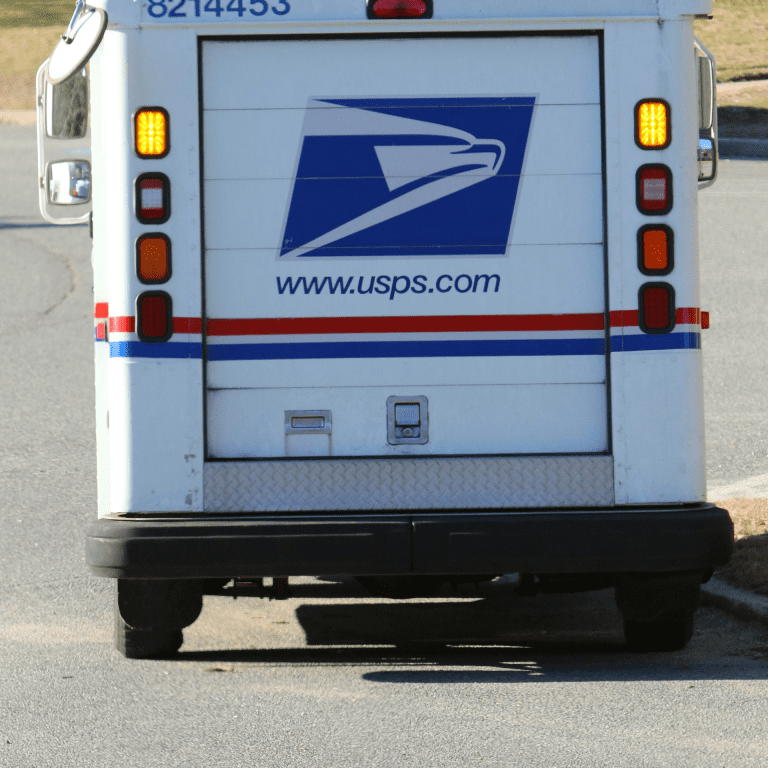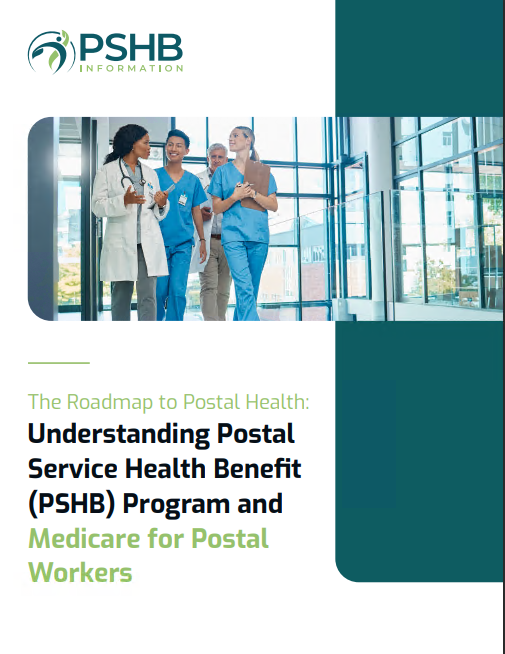Key Takeaways
-
The Postal Service Health Benefits (PSHB) program begins in 2025, offering USPS employees and retirees a tailored alternative to the Federal Employees Health Benefits (FEHB) system.
-
Understanding PSHB’s integration with Medicare, coverage options, and enrollment rules is crucial for navigating your health benefits effectively.
The PSHB Program: A Major Milestone for USPS Employees
The Postal Service Health Benefits (PSHB) program represents a significant shift in health coverage for USPS employees, retirees, and their families. As of January 1, 2025, PSHB has officially replaced the Federal Employees Health Benefits (FEHB) system for postal workers. This change isn’t just about new plans—it’s about creating a program tailored specifically for USPS needs.
If you’re wondering how this impacts your health coverage, you’re not alone. Let’s break down what PSHB means for you, how it works, and what steps you need to take to ensure seamless coverage.
What Makes PSHB Different from FEHB?
The PSHB program is exclusively designed for USPS employees and retirees, unlike the FEHB system, which covers a broader group of federal employees. Here’s how PSHB sets itself apart:
-
Tailored Coverage: PSHB plans cater specifically to the needs of USPS workers, offering options that align with postal work environments.
-
Medicare Integration: For Medicare-eligible annuitants and family members, PSHB coordinates with Medicare Part B and offers added benefits like lower deductibles.
-
Cost Efficiency: PSHB emphasizes affordability while maintaining robust health coverage.
Who Needs to Enroll in PSHB?
Enrollment in PSHB is mandatory for USPS employees and annuitants to maintain health coverage. However, there are key details you should know:
-
Automatic Enrollment: If you had FEHB coverage before January 1, 2025, you’re automatically enrolled in a corresponding PSHB plan unless you made changes during Open Season.
-
Medicare-Eligible Members: If you’re retired and eligible for Medicare Part B, you must enroll in it to keep PSHB coverage unless exempt.
-
Family Members: Dependents covered under your FEHB plan are also transitioned to PSHB, ensuring continuity of coverage.
Medicare Integration and Its Impact on PSHB
Medicare plays a central role in the PSHB program, especially for retirees and their eligible family members. Here’s how:
Coordination with Medicare Part B
For Medicare-eligible enrollees, PSHB plans are designed to work seamlessly with Medicare Part B. This integration offers several benefits:
-
Lower Out-of-Pocket Costs: PSHB plans often waive deductibles and copayments for Medicare enrollees.
-
Comprehensive Coverage: Combining PSHB with Medicare ensures robust protection against medical expenses.
-
Prescription Drug Benefits: Medicare-eligible enrollees automatically receive prescription drug coverage through a Medicare Part D Employer Group Waiver Plan (EGWP).
Exceptions to Medicare Part B Enrollment
While most Medicare-eligible retirees must enroll in Part B to retain PSHB coverage, there are exceptions. If you retired on or before January 1, 2025, or were aged 64 or older by this date, you’re exempt from this requirement.
Key Deadlines and Enrollment Periods
Staying informed about enrollment timelines is crucial to avoid coverage lapses or penalties. Here are the key periods you need to know:
-
Open Season: The annual enrollment period for PSHB runs from mid-November to mid-December. Changes made during this time take effect on January 1 of the following year.
-
Qualifying Life Events (QLEs): Events like marriage, birth, or retirement allow you to adjust your coverage outside of Open Season.
What PSHB Offers in 2025
The PSHB program offers a range of benefits designed to meet the diverse needs of USPS employees and retirees. Here’s a closer look:
Comprehensive Health Coverage
PSHB plans include coverage for:
-
Medical Services: Routine checkups, specialist visits, and hospital stays.
-
Preventive Care: Screenings, immunizations, and wellness programs.
-
Mental Health Services: Counseling and therapy options.
-
Prescription Drugs: Accessible through integrated Medicare Part D coverage for eligible members.
Affordable Costs
While specifics vary by plan, PSHB emphasizes affordability through lower premiums, deductibles, and out-of-pocket maximums. Additionally, Medicare-eligible members often benefit from reduced costs due to the program’s coordination with Medicare Part B.
Enhanced Pharmacy Benefits
PSHB includes comprehensive prescription drug benefits. Medicare-eligible members are automatically enrolled in an EGWP plan, simplifying access to medications and potentially lowering costs.
Transitioning to PSHB: What You Need to Know
Switching from FEHB to PSHB might feel overwhelming, but the transition is designed to be straightforward. Here are the key steps:
-
Review Your Plan Options: During Open Season, take time to compare available PSHB plans to ensure they meet your needs.
-
Understand Medicare Requirements: If you’re Medicare-eligible, confirm your enrollment in Part B to avoid disruptions in coverage.
-
Check Your Coverage Details: Verify that your dependents are included and that your chosen plan offers the benefits you need.
-
Stay Informed: Read the Annual Notice of Change (ANOC) from your plan to understand updates to premiums, deductibles, or coverage.
Maximizing Your PSHB Benefits
Once enrolled, you can take steps to make the most of your PSHB coverage:
Utilize Preventive Services
Preventive care is essential for maintaining good health and catching potential issues early. PSHB plans cover a range of services at no additional cost, so take advantage of them.
Coordinate with Medicare
If you’re enrolled in Medicare, ensure you’re maximizing its benefits alongside your PSHB coverage. Use providers who accept Medicare assignment to reduce out-of-pocket expenses.
Leverage Supplemental Benefits
Many PSHB plans offer additional perks like:
-
Vision and dental coverage
-
Fitness programs
-
Wellness incentives
Explore these benefits to enhance your overall health and well-being.
Common Questions About PSHB
As USPS employees and retirees navigate this transition, certain questions come up frequently. Let’s address a few:
Do I Have to Enroll in PSHB?
Yes. All USPS employees, retirees, and eligible family members must enroll in PSHB to maintain health coverage, unless covered under another eligible plan.
Can I Keep My Current FEHB Plan?
No. As of January 1, 2025, USPS employees and retirees can only participate in PSHB plans. However, corresponding PSHB options are available to match most FEHB plans.
What Happens If I Don’t Enroll in Medicare Part B?
If you’re Medicare-eligible and don’t enroll in Part B, you may lose your PSHB coverage unless you qualify for an exemption.
Why This Change Matters
The introduction of the PSHB program is more than just a procedural update. It reflects a broader effort to provide USPS employees and retirees with health benefits tailored to their unique needs. By coordinating with Medicare, offering affordable options, and ensuring comprehensive coverage, PSHB represents a new era of health benefits for the postal community.
A New Chapter in USPS Health Benefits
The 2025 transition to the Postal Service Health Benefits program marks a turning point for USPS employees and retirees. With tailored plans, Medicare integration, and a focus on affordability, PSHB offers a modernized approach to health coverage. Make sure you understand your options, meet key deadlines, and take advantage of the benefits available to you.









